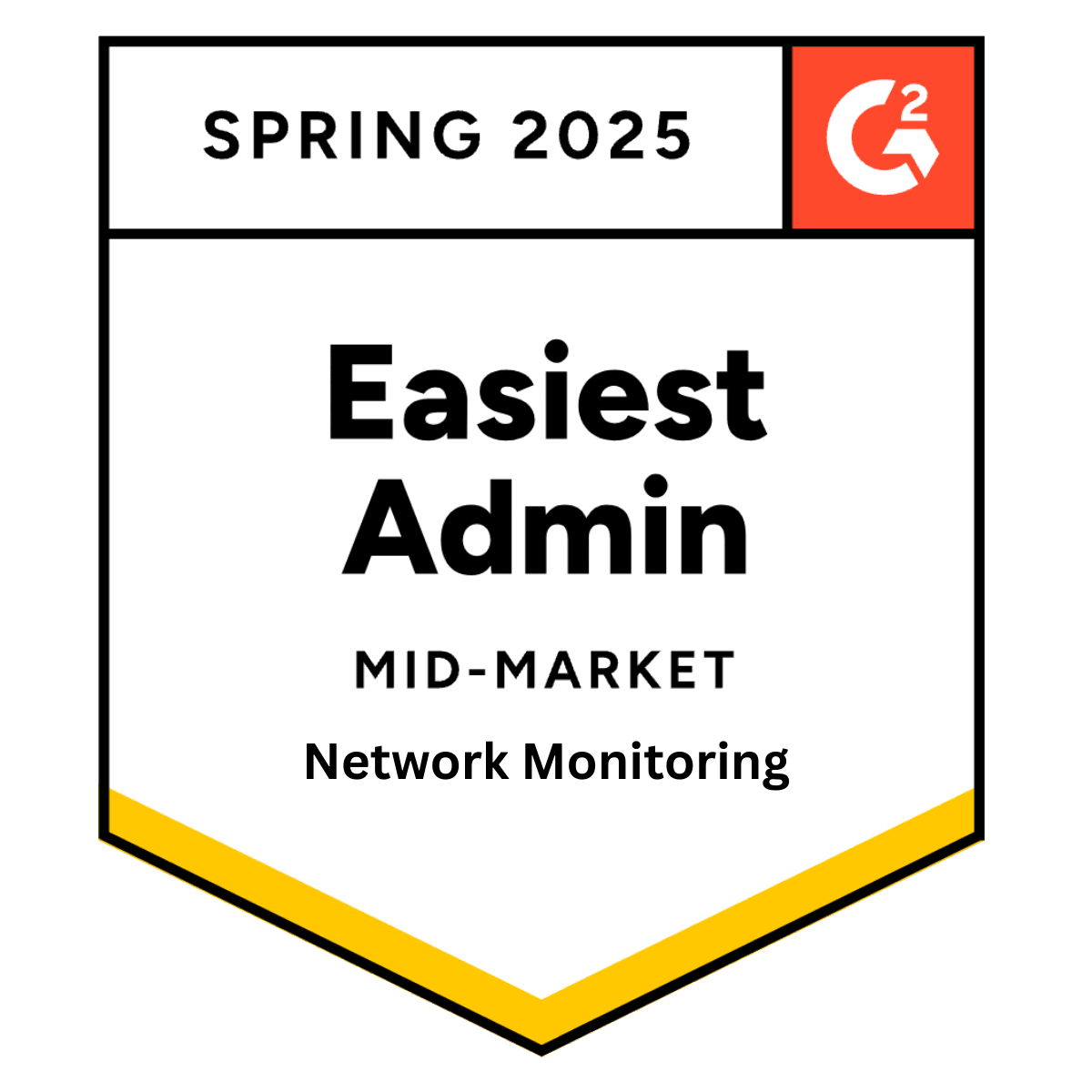
5 Golden Rules when Starting an MSP Business
Tuesday 4 December, 2018
A few smart moves can turn those MSP business ideas you scribbled on a bar napkin into a reality.
The right step at the right time is what makes the difference between successful MSP businesses and has-beens. Think of these steps as the rules of a game: If you play by it, you win big, and if you ignore it, well . you can always go back to the bar!
Want to be part of the winning team? Follow these five golden rules when starting your own MSP business.
1. Understand the business side of IT
Often, folks with technical backgrounds tend to drive business decisions based solely on technological considerations. For instance, new offerings should NOT be crafted by looking at the tech in your arsenal.
The truth is - your tech expertise might create high quality offerings but the chances of it reflecting on the balance sheet are doubtful. Likewise, MSPs that roll out decent offerings while keeping their finances tight sail through effortlessly.
Starting your own MSP business demands you to have a sound financial knowledge. You don't have to be a business guru, but terms like "ROI forecasting," "margin calculations," and "operational overheads" shouldn't throw you off either.
2. Choose RMM and PSA Software
Service delivery is the backbone of your MSP business. An efficient delivery model needs to be reactive, proactive, and preventive. This level of efficiency is possible only with RMM and PSA software.
Remote monitoring and management (RMM) software handles the technical implementations while a professional services automation (PSA) solution takes care of the business side of things. However, integrating them with one another can be a challenge.
Pulseway provides a unified dashboard for RMM and PSA, efficient service delivery straight from one place. Respond to customer issues in a jiffy with a complete service desk solution. Consequently, identify and resolve issues even before the customer knows about it. Learn more.
3. Determine Your Pricing
B2B buyers rate pricing as the most useful information during the purchasing stage. Don't be the MSP that scares away prospects with an expensive price tag or one that leaves money on the table by undermining the services. It will have a catastrophic impact on your profits, sales, and brand value.
To optimize your MSP pricing strategy, understand how much your customers are willing to pay. Client location, industry, and compliance requirements are some of the factors that need to be taken into consideration. The amount should complement your total cost of delivery so no money is lost when signing clients.
To secure long-term profits, MSPs are increasingly using subscription-based pricing models. Recurring revenues are driving profits for many, allowing MSPs to touch break-even faster.

4. Treat training as an investment, not an expense
The pressure of achieving monthly renewal targets has made training a cornerstone for MSP business success. Only highly trained staff are able to deliver exceptional service that keeps customers from canceling subscriptions.
Yet, MSPs still see training as an expensive overhead they are simply not prepared to pay. Time to break the myth: Training is cost-efficient, lack of it is where businesses lose money.
Pocket training helps businesses train employees in a fast and affordable way. Instead of spending large sums of money on offsite workshops, use technology. Channels like webcasts, online coaching, and whitepapers prepare employees swiftly.
5. Document everything
Establish repeatable businesses processes with documentation. It acts as a resource bank to create desirable outcomes using the same procedures. For instance, your staff can deal with familiar problems faster by using tried and tested solutions.
Consistently document each aspect of your MSP business. This includes sales, marketing, delivery, finance, customer service, supplier management, and so on. Plan to review these documents every quarter to ensure they are contributing to business efficiency.
The more, the better (not really!)
When starting your own MSP business, try to have a limited number of service offerings. By downplaying you can start with less and deliver more - increased customer satisfaction.
As a result, you're able to generate revenue with low overheads. Ultimately, that should be the goal of your new MSP business.
The definitive MSP guide to analytical sales and digital marketing to increase revenue without burning cash. Grab your Free copy
Share this post
Related Posts
Join the Ranks of Satisfied Customers and Experience the Pulseway Difference Today.








